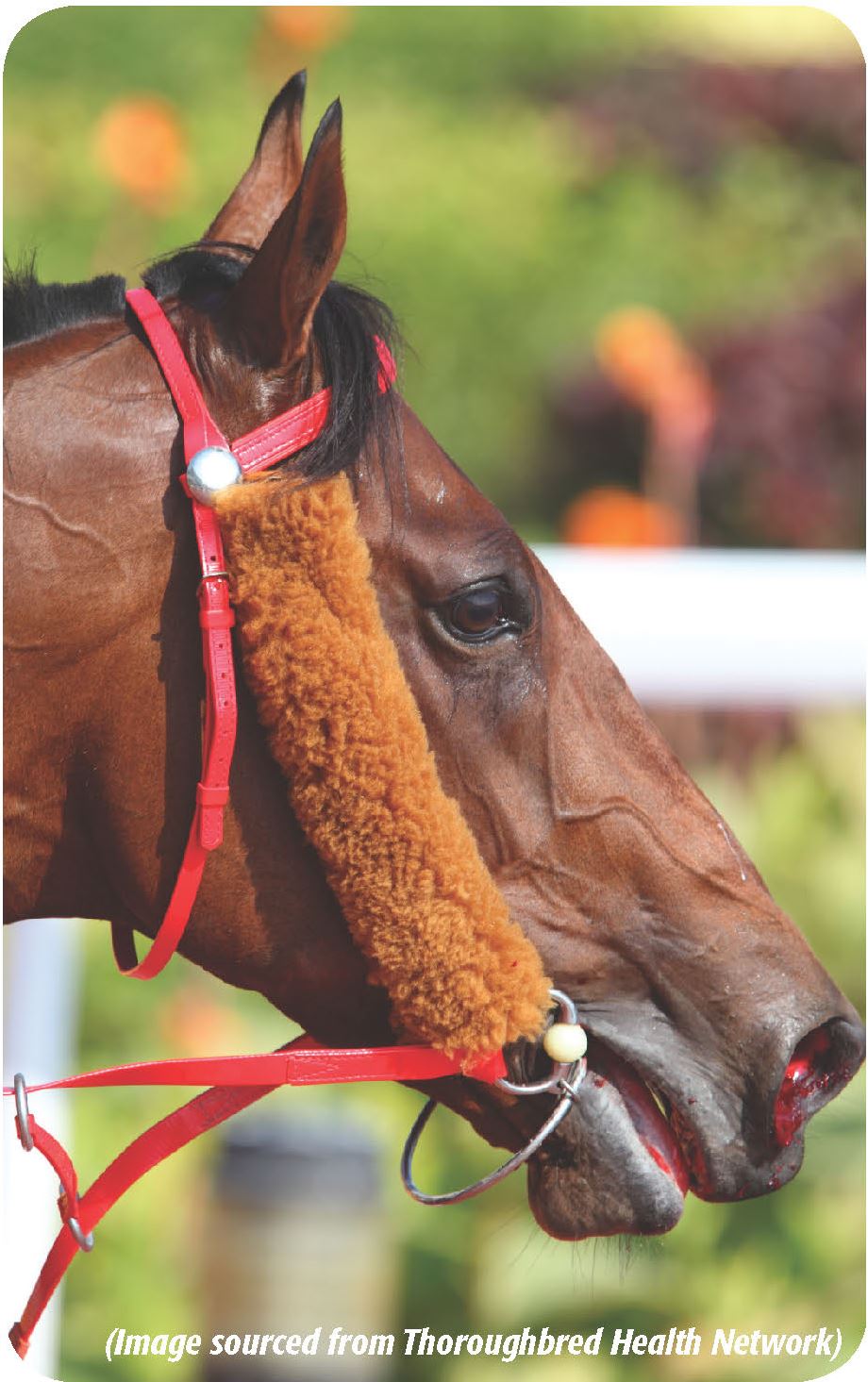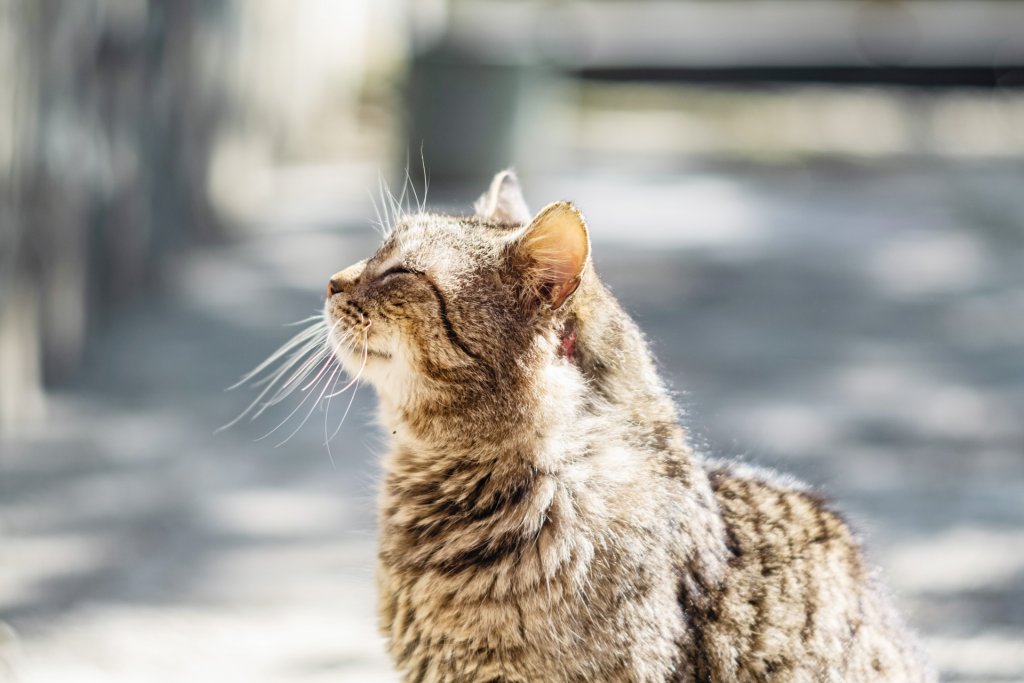Learn to recognize the symptoms of these serious health conditions. In horses, babesiosis is caused by protozoan parasites.

Exercise-Induced Pulmonary Haemorrhage (Eiph) - Kelato
The term “bleeding lungs” can sound scary.

Horse internal bleeding symptoms. Any wound is bleeding profusely. Finding e j t, eliashar e, johns i c & dunkel b (2011) autologous blood transfusion following an allogenic transfusion reaction in a case of. But if you have any sort of trauma—including blunt force.
Babesiosis is a disease transmitted by ticks. Bleeding canker is a disease of horse chestnut trees (aesculus hippocastanum). Pain at the site of the vascular lesion.
Penetrating trauma— when an object enters the body, such as a bullet, knife, shrapnel, or broken glass. Fractures— especially to the legs, arms, or pelvis. Arterial hypotension (decrease in blood pressure);
It affects trees of all ages and produces external and internal symptoms. It affects a wide range of domestic and wild animals and occasionally humans. To protect your horse’s respiratory health, maximize lung capacity and reduce the frequency of bleeding, twydil® x is formulated to minimize airway inflammation and reduce.
Possible symptoms and signs of an internal haemorrhage can be. For horses that are bleeding more severely due to atrial fibrillation, this can be treated with the drug quinidine or by electrical stimulation of the heart via catheters (transvenous electrical. With rapid or massive blood loss, lightheadedness and dizziness are common.
Pain is a common symptom of internal. The horse is very lame, even if the wound itself is small. Ultimately the disease can lead to.
Internal bleeding is a scary condition because you may not know that it’s occurring before severe symptoms kick in. Vets are good at spotting this. Some causes of equine epistaxis can be detrimental to the health of your horse.
Most internal abdominal abscesses affect the mesenteric lymph nodes. But equine veterinarians are learning that eiph is common in race horses because it happens during intense exercise, like races. The wound is more than 10cm long and has gone right through the skin into the tissue.
Many are the result of systemic spread of strangles strangles (streptococcus equi infection) , respiratory infections.
While symptoms of colic can. Her symptoms were running around the field in a panic in between rolling and kicking her belly with agitation.
Frequently looking at their side.

Pony colic symptoms. Plan a diet consisting of. The source of the pain could originate from any location within the horse’s abdomen, from the intestines to an. Biting or kicking their flank or belly.
Constipation and colic in horses. Colic is a general term for abdominal pain that can result from any number of things. Signs of colic in your horse.
A scoping review of risk factors, and a systematic review of the effect of management. A result of the gastrointestinal tract becoming obstructed, or blocked, within the colon, impaction colic can cause severe pain within the gut due to the. Signs of colic in horses.
While sometimes this is done for their own good (like for plumper than healthy ponies and horses),. Sand colic occurs in horses and ponies kept in dry lots. Nutritional management of horses and ponies prone to colic should focus on.
Colic is a symptom of abdominal pain most commonly arising from the gastrointestinal tract. If you require further information on colic in horses and the causes, signs (symptoms) and management,. 43% paw continuously or intermittently.
Small and frequent feeds of concentrates if necessary. Constipation is an abnormal condition that is recognized by the body's inability to expel food that has been digested. Do check your horse’s vital signs.“check your horse’s heart rate and rectal temperature,” suggests dr.
Knowing that your horse has a problem before it becomes a problem, can be a great way to prevent colic. Regular fecal analysis can help prevent some colics. My welsh pony sparkle got colic when she was 28 for the first time.
Only use hard feed as a supplement to the grazing and high fibre food available to the horse. Lying on their sides for extended periods of time. A colicky horse will commonly bite at its side and roll.
Much less commonly colic symptoms can also result from pathology of other organs such as. The signs of colic vary from case to case, but studies have shown that of horses with colic: “also check his hooves for heat and his rump muscles for.
Risk factors for acute abdominal pain (colic) in the adult horse: Subtle symptoms of colic in horses include flank watching, stretching out as if trying to pee,. The word “colic” in horse terms simply means abdominal pain.
Irritated kicking, aimed especially at the stomach.
Well, as this condition’s onset progresses slowly, the most common signs and symptoms you are likely to. Cds is often referred to as cat or feline dementia.

Cat Dementia Signs, Symptoms & Treatment Tips - Tractive
And it happens as your cat ages and is directly related to the brain.

Cat dementia symptoms. The cognitive function of cats starts to decline by the time they reach the age of 11 to 12 years. Between ages 7 and 11, cats. Disorientation, lethargy, confusion) very closely mimic the symptoms of alzheimer’s and dementia in humans, which can severely impact.
Behaviour changes such as becoming more vocal, losing their toilet training, and being. Prevention may be possible by reducing inflammation and. A cat with dementia may appear confused and unable to navigate around familiar settings, even seeming to get lost in your.
Feline dementia is also known as cognitive dysfunction system. As a result, more cats are developing diseases associated with old age. Buy very snack cat food to make it easy on.
Cat dementia will usually have a slow. Noticing signs of dementia in cats can be harder than in humans unless you know the signs and symptoms. Cognitive disorder is the most common chronic, progressive neurological disorder of older cats.
Beyond their 15 th year of life,. What are the symptoms of cat dementia? The symptoms of cat dementia (i.e.
Feline cognitive dysfunction (fcd) is a cognitive disease prevalent in cats, directly related to the brain aging, leading to changes in awareness, deficits in learning and memory, and decreased. Cats are living longer than ever. So, what are the symptoms of cds?
Most of us call this feline senile dementia or aging cat dementia. Cat is showing symptoms of dementia and forgets he has been fed.i feed him a small portion then put another in a smaller bowl. It’s pretty common for cats with dementia to meow or yowl loudly and more frequently than before.
